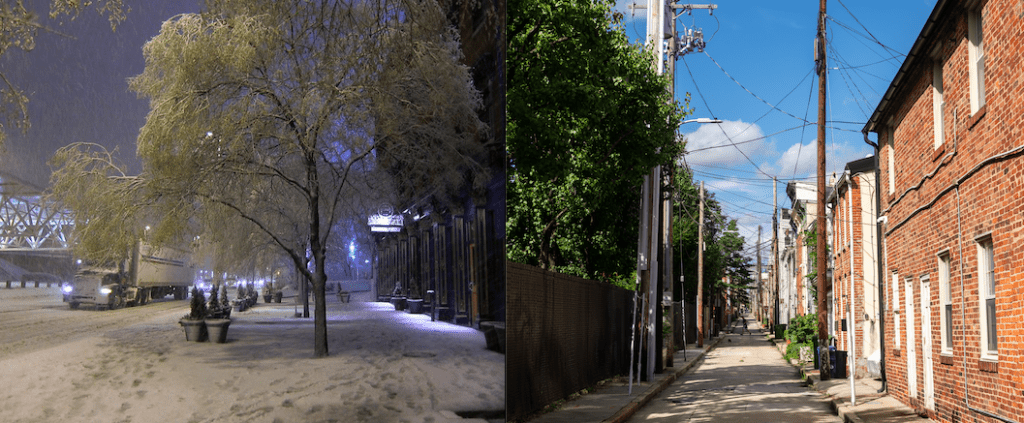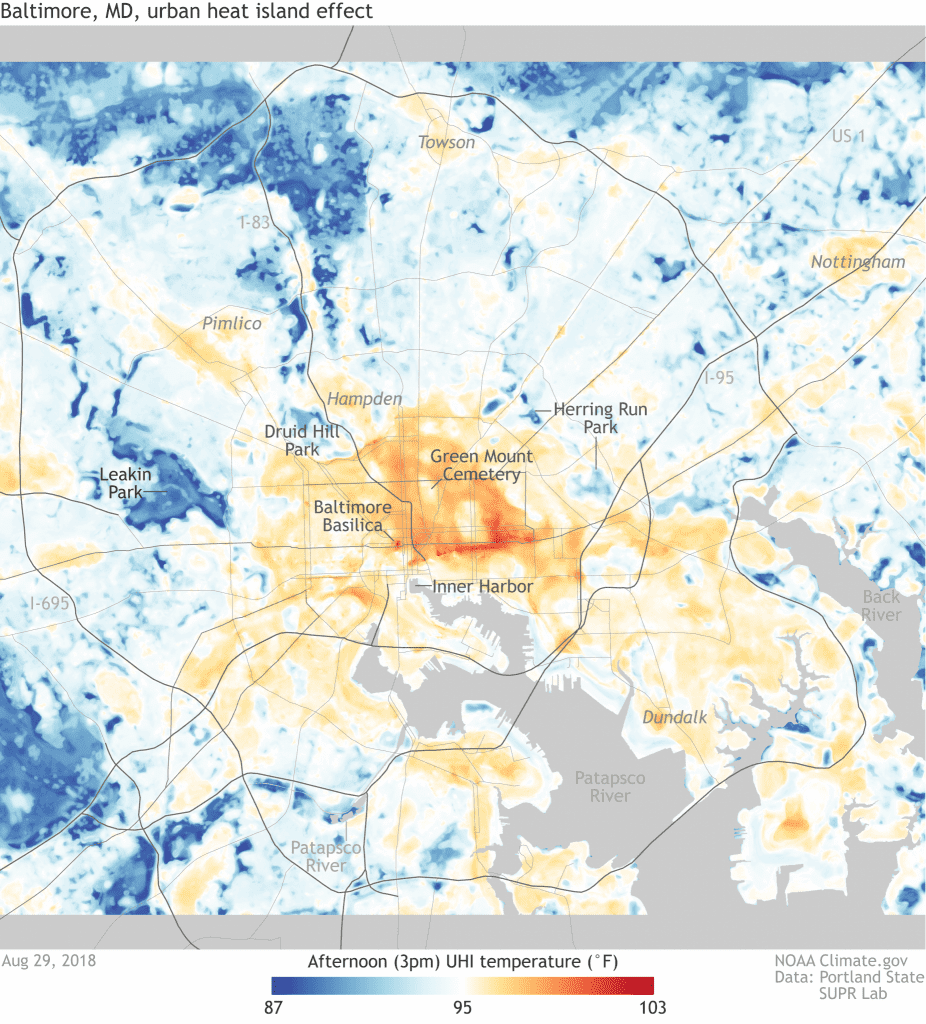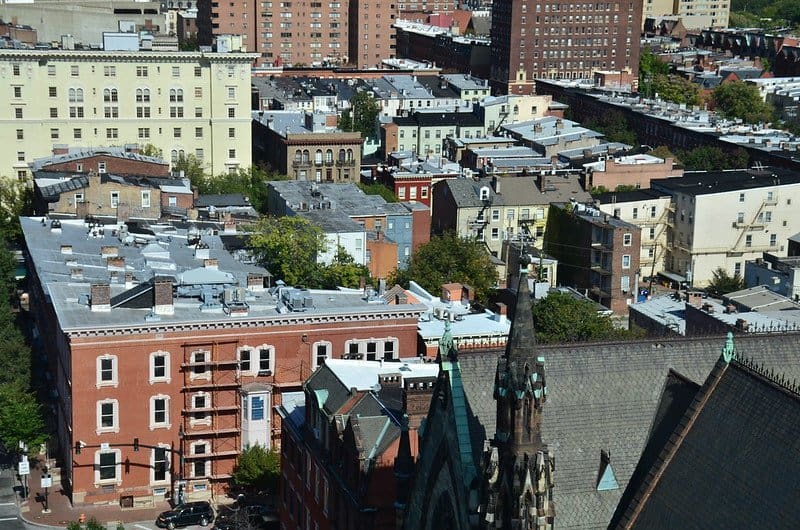Tree-planting is all the rage these days. Cities are doing it. Politicians are campaigning on it. Car dealerships are marketing with it and Facebook is trying to stop them, but whatever. Between the record-breaking summer heatwave and the “mind-blowing” recent report identifying trees as our best tool for fighting climate change, trees are looking like the saviors of planet Earth.
This is all awesome. But there’s a critical piece we tend to forget. As good as tree-planting makes us feel, maintaining a truly productive tree canopy means it’s important to do just that: maintain it. That is, we need to keep the trees we already have alive.
This is something we are not particularly good at, especially in cities, where trees are a crucial bulwark against heatwaves and the heat island effect. Big, old trees are cities’ sprawling parasols. Yet, over the last decade, cities in the United States have actually lost an average of 175,000 acres of urban forest—36 million trees per year.

One city that has bucked that trend, however: Baltimore. While trees in the rest of urban America are dropping like fall leaves, Baltimore’s urban forest has actually gotten bigger. Not much bigger—only one percent—but bigger nonetheless.
Baltimore’s secret to keeping its streets green is surprisingly simple: they monitor their trees more closely than almost any other city in the country.
It started as an experiment. In 2006, the U.S. Forest Service teamed up with researchers from the University of Vermont’s spatial analysis lab to develop a new type of land cover map. Piloted in Baltimore, it uses high-resolution aerial imagery and a (futuristic-sounding) 3D airborne laser-guided data detection method known as LiDAR. The map not only let city officials look at Batimore’s trees more closely than ever before, but also layer those images with other city data, like health and crime records, property values and census figures.

What they saw was mind-opening. For example, in places where the tree canopy increased, both temperature and crime declined. The city used this and other information to put a dollar value on each tree—about $57,000, in case you’re wondering—in order to treat it like an investment, and use the technology to monitor the health of that investment. City arborists now use that information to determine if trees are sick, for example, or in need of pruning or maintenance.
This doesn’t mean that Baltimore has stopped planting new trees. In fact, the city has a vibrant community of enthusiastic tree planters working through organizations like the Baltimore Tree Trust, which helps keep that forest growing with new life.
https://www.instagram.com/p/ByqeAk4J0-1/
“We all love the new tree plantings. We like to get our picture taken and there we are with the shovels and the schoolchildren all around. But when I got here the concern was the mortality rate: how many [of the new trees] are still alive four or five years later,” Baltimore arborist and head of forestry Erik Dihle told the Christian Science Monitor.
The remarkably simple monitoring approach, and the technology that enables it, have since been made available to cities everywhere by the U.S. Forest Service. Known as the Urban Tree Canopy Assessment, it has been applied in at least 30 communities in the U.S. and Canada, and is available as a suite of tools on the U.S. Forest Service website.

For something so simple, the benefits of trees in cities are shocking. According to the U.N. Food and Agriculture Organization, strategic placement of trees in cities can help to cool the air between two and eight degrees Celsius, and can reduce the need for air conditioning by 30 percent and heating bills by 20 to 50 percent, if placed correctly. That’s a lot. In Baltimore alone that adds up to $3.3 million a year in energy savings. A mature tree also sops up about 150 kg of CO2, a whack of urban air pollutants and more than 15,000 liters of water per year, which, for those concerned with flooding and stormwater management, is a huge deal in our concrete jungles. Plus, they’re pretty.
Of course, Baltimore hasn’t solved all of it’s urban forestry problems. With only 28 percent tree coverage and very slow growth, it’s still a long way away from reaching its goal of 40 percent coverage by 2037 (extended from its original goal of 2030). And, more egregiously, the city’s current tree canopy reflects a common inequity in U.S. urban forests: it serves the rich much better than the poor. But perhaps Baltimore’s own success can serve as a model to ensure that once their canopy grows, it will stay. And for other cities out there, it can show us how to make sure the bathtub is plugged while we work on adding more water.









